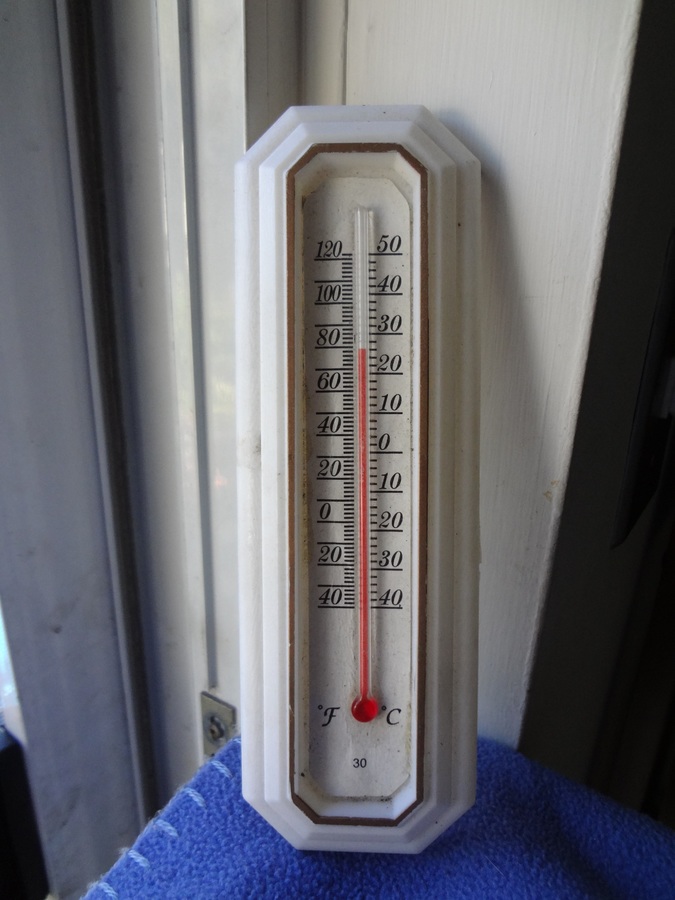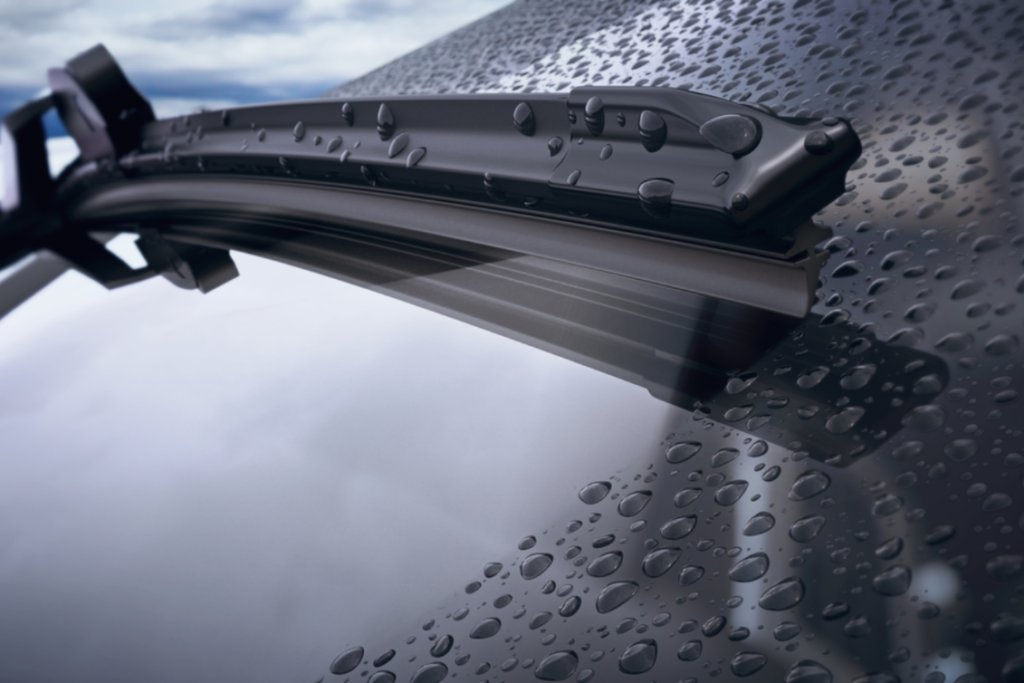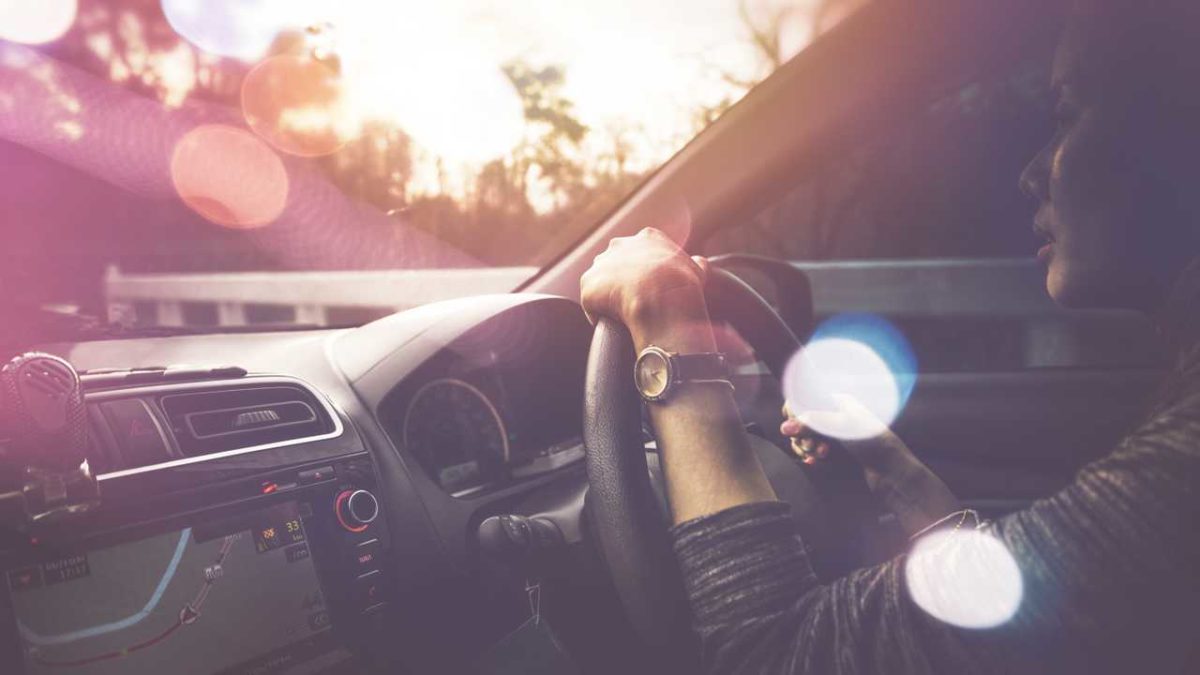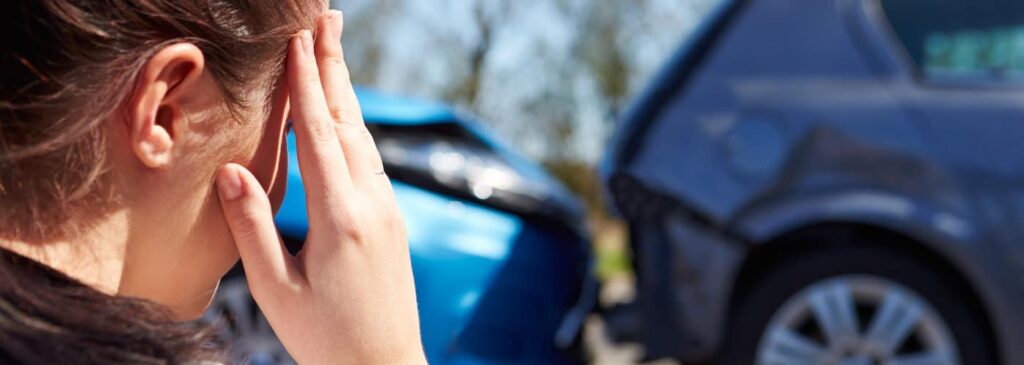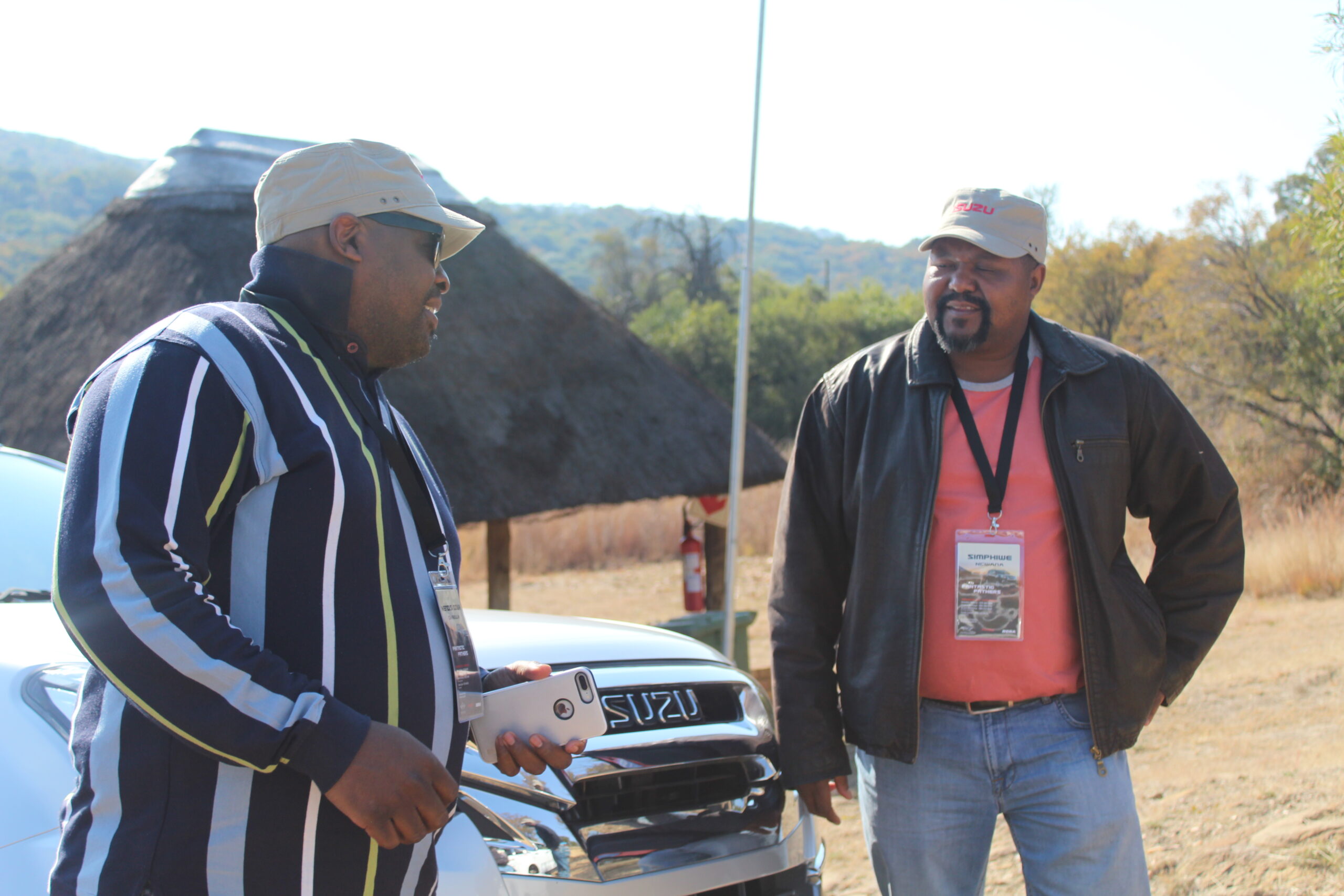Tips for Driving Safely in Extreme Heat
It is important to note that the interior of a car can reach temperatures of up to 47°C in an hour, but which time the body could have shut down and begin experiencing serious health complications.
With temperatures reaching highs of 38°in some parts of the country it is important to take extra precautions when driving in such extreme temperatures. Here are a few tips to help you survive driving in extreme heat:
Plan ahead. Use alternate routes to and from home, which may be less congested than main roads. This may cut your travel time shorter thereby ensuring you don’t spend more time than necessary in the heat of your vehicle.
Cover up. Wear sunglasses and use your visors to minimize sun glare in order to increase your ability to see clearly. If you have rear seat passengers, sheild them from the sun’s rays by using window screens on rear windows. Dropping the top of your cabriolet or sliding the sun roof back might make you look ‘cool’ but it will only increase the amount of heat your body has to contend with.
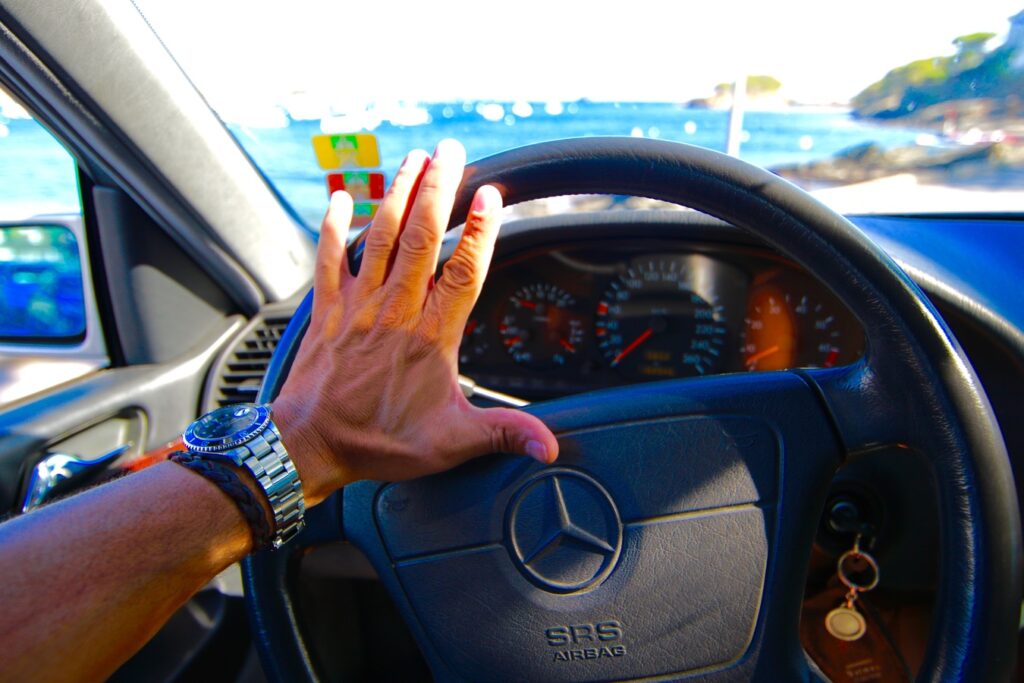
Leave no man behind. Leaving dependents in your car such as pets, children or the elderly in a hot car, even for a few minutes is highly risky. No matter how quick you think you will be and even if you leave the windows open, unattended car occupants are prone to sunstroke and dehydration in hot, parked cars. It is important to note that the interior of a car can reach temperatures of up to 47°C in an hour, by which time the body could have shut down and would have begun to experience serious health complications.
The steering wheel and seats can reach temperatures of more than 40°C
Wear light colour clothing. Long sleeved shirts and tops help avoid sunburn as clothing made from natural fabrics keep you cool for longer.
Keep hydrated. Dehydration can set in quickly, so make sure you have plenty of fluids throughout the day. Water is the best to combat dehydration so keep your intake of alcohol, coffee and tea to a minimum.
Keep your car hydrated. Cars burn up more fuel when the air conditioner is on, so make sure you have enough fuel in your tank to get you safely to your destination. Also check that your engine oil, coolant and water (battery and wiper blades) are topped up.
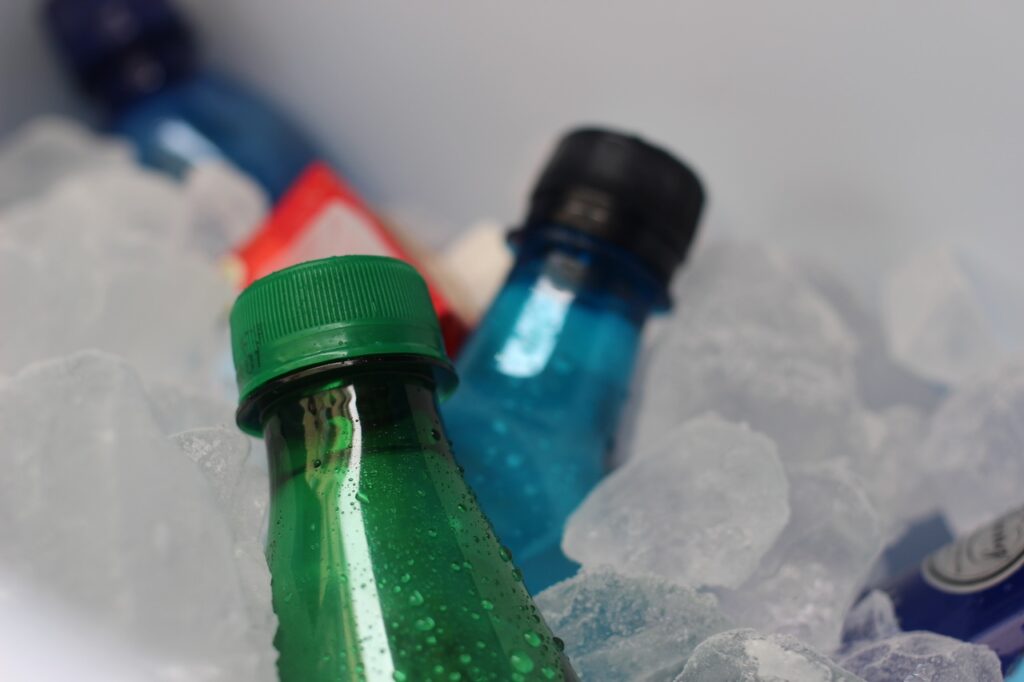
Park cleverly. When parking, angle the windscreen away from the direction of the sun’s rays which could mean rear parking more often than not. The less heat into the car when you are out of it, the more comfortable it will be when you re-enter it. The steering wheel and seats can reach temperatures of more than 40°C.
Pull over. If you notice the temprerature gauge creeping towards the red or if your engine starts to overheat, pull over as safely as possible and allow it to cool down. Continuing to drive (no matter how short a distance) could lead to irreparable damage to the car and/or exhorbatant costs.
